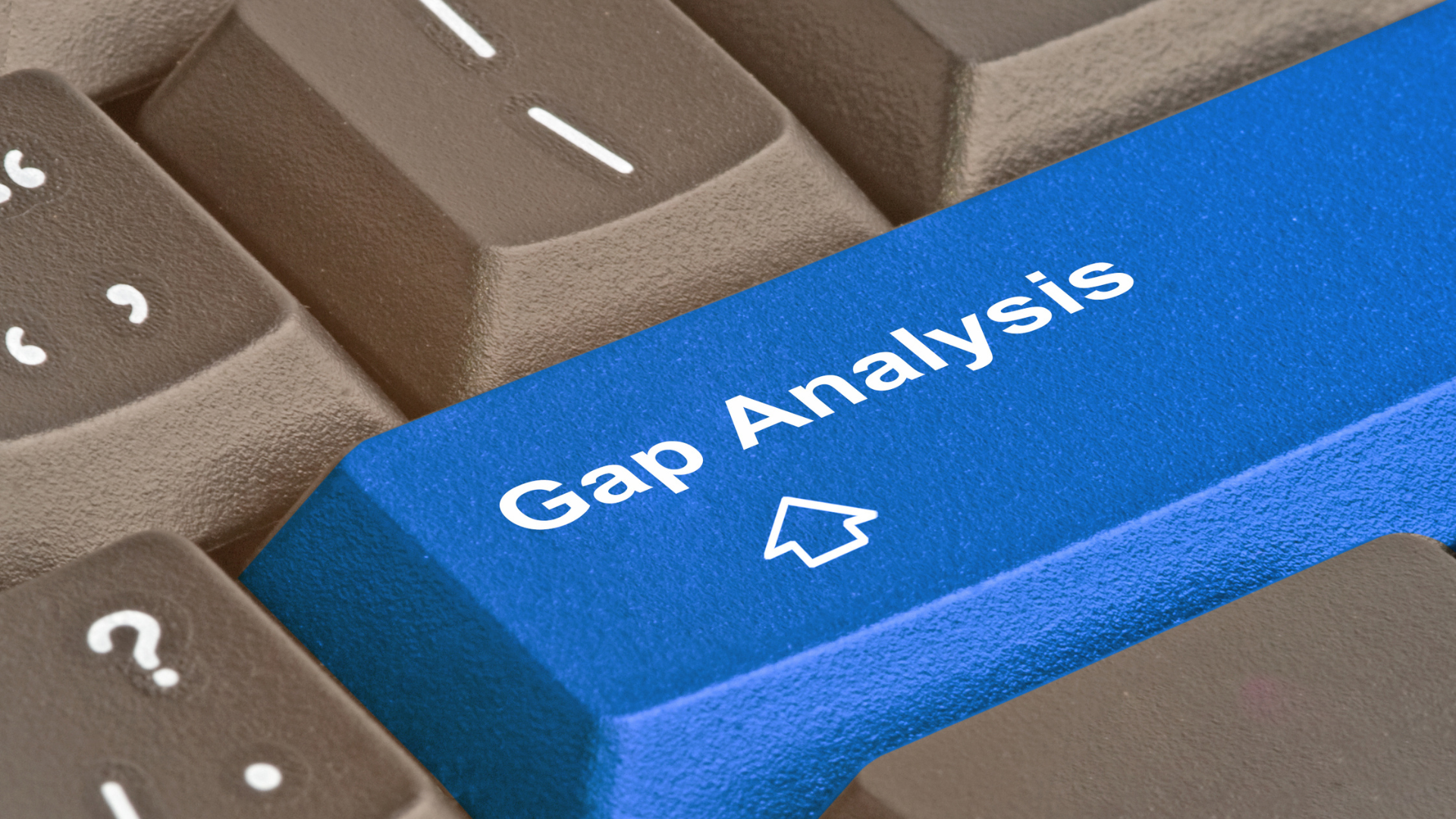
From mitigating legal risks to operatively improving corporate governance, the benefits of a meticulous compliance gap analysis are far-reaching. By identifying areas where a company's practices deviate from established standards, this introspective process lays the groundwork for strategic, compliant, and ethical operations.
The course covers the compliance areas of Work Health and Safety, Human Resources and Business Systems.
Defining the Compliance Gap
In the simplest terms, a compliance gap is the space between your organisation's current practices and the legal or regulatory obligations you must adhere to. This distance can present itself due to many factors, including outdated policies, insufficient training, or plain oversight. Recognizing these shortfalls proactively can save you from bruising regulatory battles down the line.

How to Conduct a Compliance Gap Analysis
Navigating the complex web of regulatory requirements is akin to a chess match against a grandmaster. One wrong move can set off a chain reaction that could cost your organisation dearly. In the realm of compliance, the mantra "forewarned is forearmed" holds true. Conducting a compliance gap analysis equips your organisation to foretell potential pitfalls. This then armors you with the knowledge necessary to steer clear of regulatory non-compliance.

The Multi-Dimensional Nature of Gaps
The compliance gap is not a one-size-fits-all problem. It can manifest in various incarnations, such as:
- Procedural Gaps: Misalignment between operational procedures and compliance requirements.
- Knowledge Gaps: When the workforce's awareness of compliance standards is inadequate.
- Implementation Gaps: Discrepancies between policy and actual practices.
- Monitoring Gaps: Failures in the tracking and oversight of compliance-related activities.
Why the Gap Matters
Operating within the compliance space leaves little room for error. Understanding the nature and nuances of the compliance gap is crucial for several reasons:
- -Proactively Identifies Risks: Before regulators come knocking, a compliance gap analysis can highlight potential risks and provide the opportunity for corrective measures.
- -Enhances Business Performance: By aligning operations with regulations, you cut excesses and streamline processes, thus improving overall business efficiency.
- -Protects Corporate Reputation: Compliance failures can irreparably tarnish a company's standing. A compliance gap analysis helps maintain a positive public image and fosters trust.

